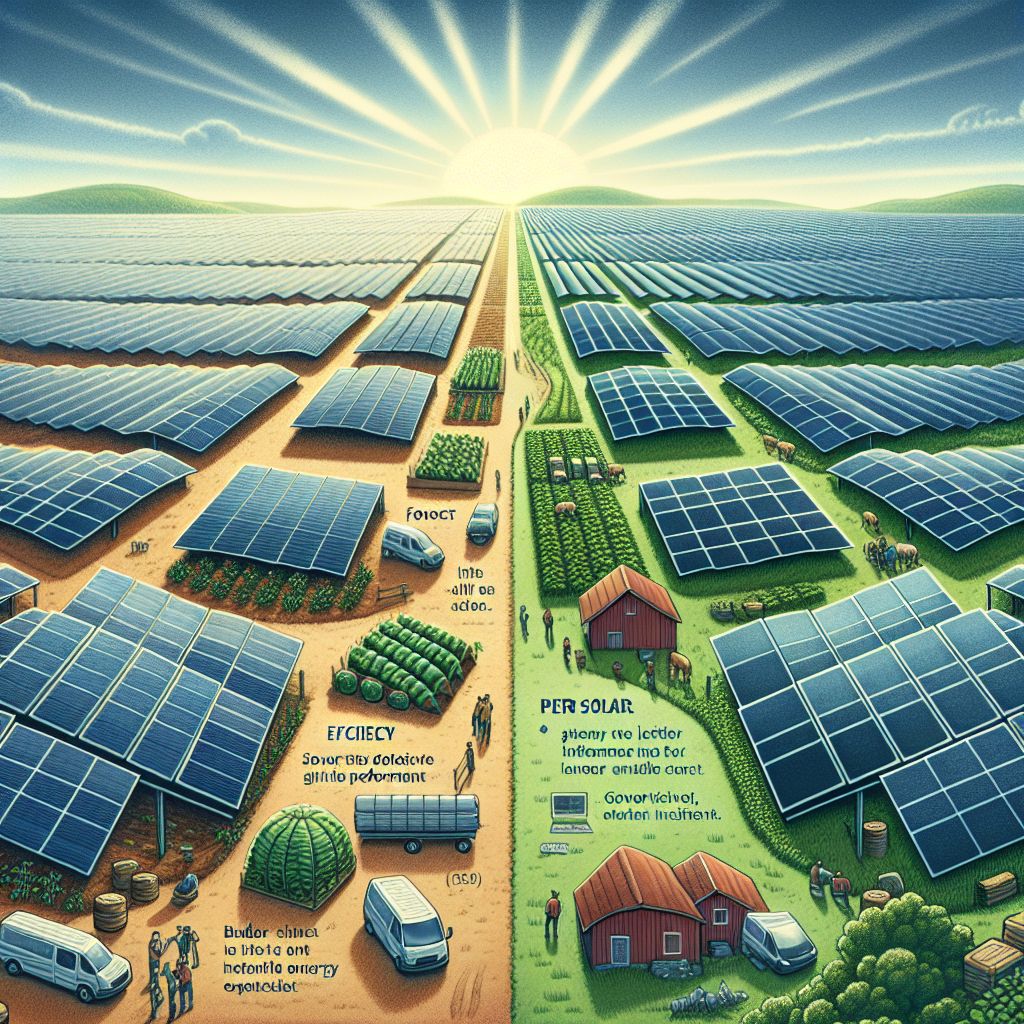
Key Takeaways
-
Thin-film solar panels are more flexible and cost-effective but less efficient than PERC panels.
-
PERC solar panels offer higher efficiency and better performance in low-light conditions, ideal for maximizing farm productivity.
-
The initial investment for PERC panels is higher, but they provide greater long-term savings and energy output.
-
Choosing the right type of solar panel for irrigation depends on your farm’s specific needs, including land size, climate, and budget.
-
Government incentives can significantly reduce the cost of installing solar panels for irrigation systems.
Solar Panels: Picking the Powerhouse for Your Farm
As a farmer, you’re always looking for ways to cut costs and boost efficiency. One game-changer for your irrigation needs could be harnessing the sun’s power. But with so many solar panel options, it’s crucial to choose the right one. Today, we’re going to compare thin-film and PERC solar panels, helping you decide which is the best fit for your farm.
Efficiency Showdown: Thin-Film vs. PERC
When it comes to solar panels, efficiency is king. Thin-film panels are known for their flexibility and lower cost, but they lag behind in efficiency. They typically convert around 11-13% of sunlight into electricity. On the other hand, PERC (Passivated Emitter and Rear Cell) panels boast efficiencies of up to 22%. This means for the same amount of sunlight, PERC panels can generate almost double the electricity compared to thin-film panels.
But efficiency isn’t just about numbers; it’s about how these panels perform in real-world conditions. PERC panels maintain their efficiency better on cloudy days and during high temperatures, which is crucial for keeping your irrigation system running smoothly year-round.
Example: On a cloudy day, a thin-film panel might only produce 70% of its potential output, while a PERC panel could still be churning out 85%.
The Financial Side: Initial and Long-Term Costs
Let’s talk numbers. The upfront cost for thin-film panels might be lower, typically around $1-$1.50 per watt, while PERC panels can set you back $1.50-$2 per watt. However, the higher efficiency of PERC panels means you’ll need fewer of them to meet your energy needs, potentially saving you money on other installation costs like mounting systems and labor.
In the long run, the higher efficiency of PERC panels often translates into lower energy bills. This means they can pay for themselves faster than thin-film panels. Most importantly, consider the lifespan of the panels. Thin-film panels usually last around 10-15 years, while PERC panels can last 25 years or more, making them a wise investment for the future of your farm.
Case Studies: Real Farm Scenarios
Now, let’s look at some real-life applications. A small farm in a temperate climate might do well with thin-film panels due to their lower initial cost and the farm’s modest energy needs. But a large farm in an area with fluctuating weather would benefit from the reliability and efficiency of PERC panels, ensuring that their extensive irrigation system never runs dry.
Remember, the right choice for your farm depends on a variety of factors. Weigh the initial costs against long-term benefits, and consider how local climate conditions might affect panel performance.
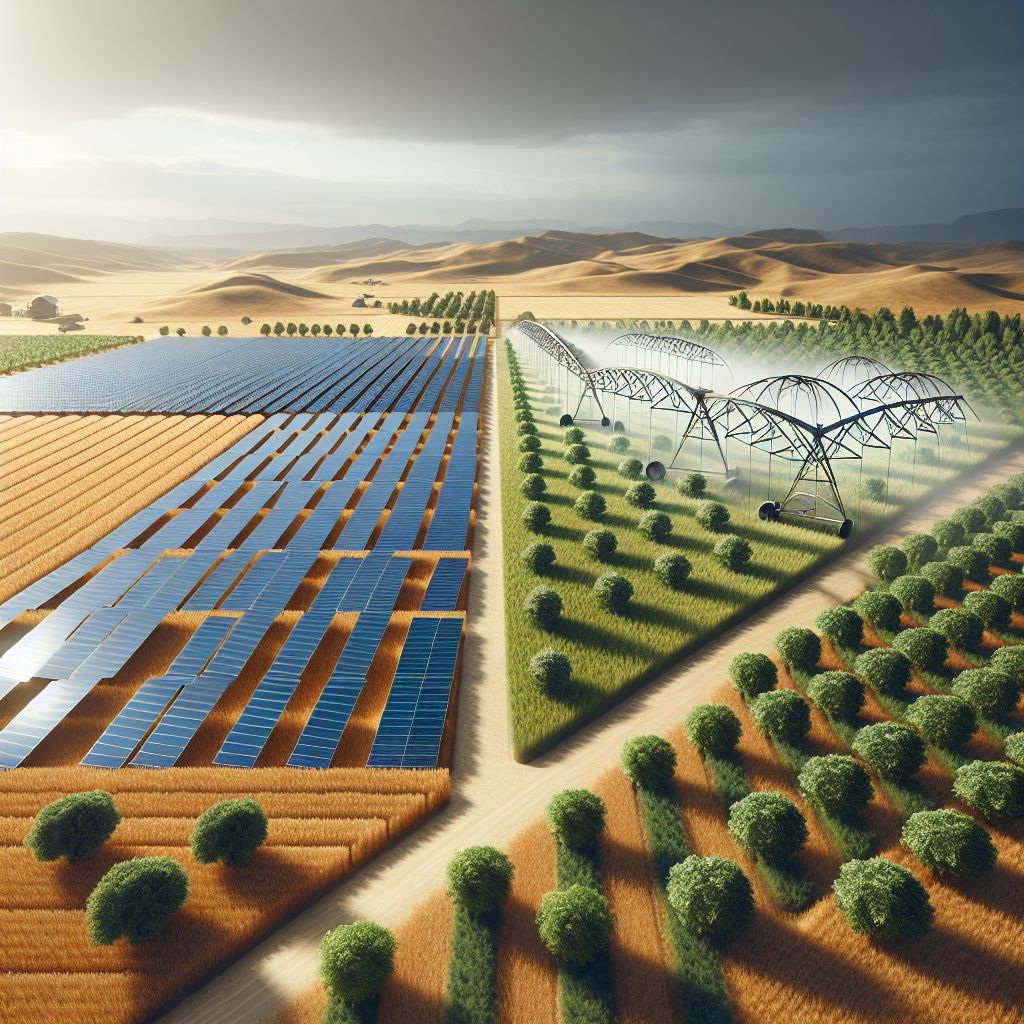
The Heart of Irrigation: Powering Up with Precision
Irrigation is the lifeblood of your farm, and choosing the right solar panels is like picking the best heart for the job. Thin-film panels might be easier on the wallet at first, but PERC panels offer a powerhouse of productivity that could revolutionize your farm’s operations.
Meet the Contenders: An Introduction to Thin-Film and PERC
Before we dive deeper, let’s get to know our contenders. Thin-film panels are lightweight and can be applied to a variety of surfaces. They’re made by layering photovoltaic material on a substrate. PERC panels, meanwhile, are a type of monocrystalline or polycrystalline panel enhanced with a passivation layer that increases their efficiency.
Both types have their place in agriculture. Thin-film panels can be a good fit for farms with ample space that can accommodate the larger number of panels needed. PERC panels are perfect for farms with limited space but high energy demands, like those using energy-intensive irrigation systems.
Adaptability on the Acres: Which Solar Fits Your Farm
Choosing the right solar panel isn’t just about the technology; it’s about how it fits into your farm’s unique landscape. Thin-film panels, being more flexible, can be installed on uneven surfaces or even integrated into building materials. PERC panels, with their rigid structure, require a more traditional setup but make the most of every ray of sunlight.
Consider your farm’s layout and any potential shading issues from trees or buildings. The more direct sunlight your panels receive, the better they will perform. Therefore, PERC panels might be the better choice for areas with potential shading because of their higher efficiency.
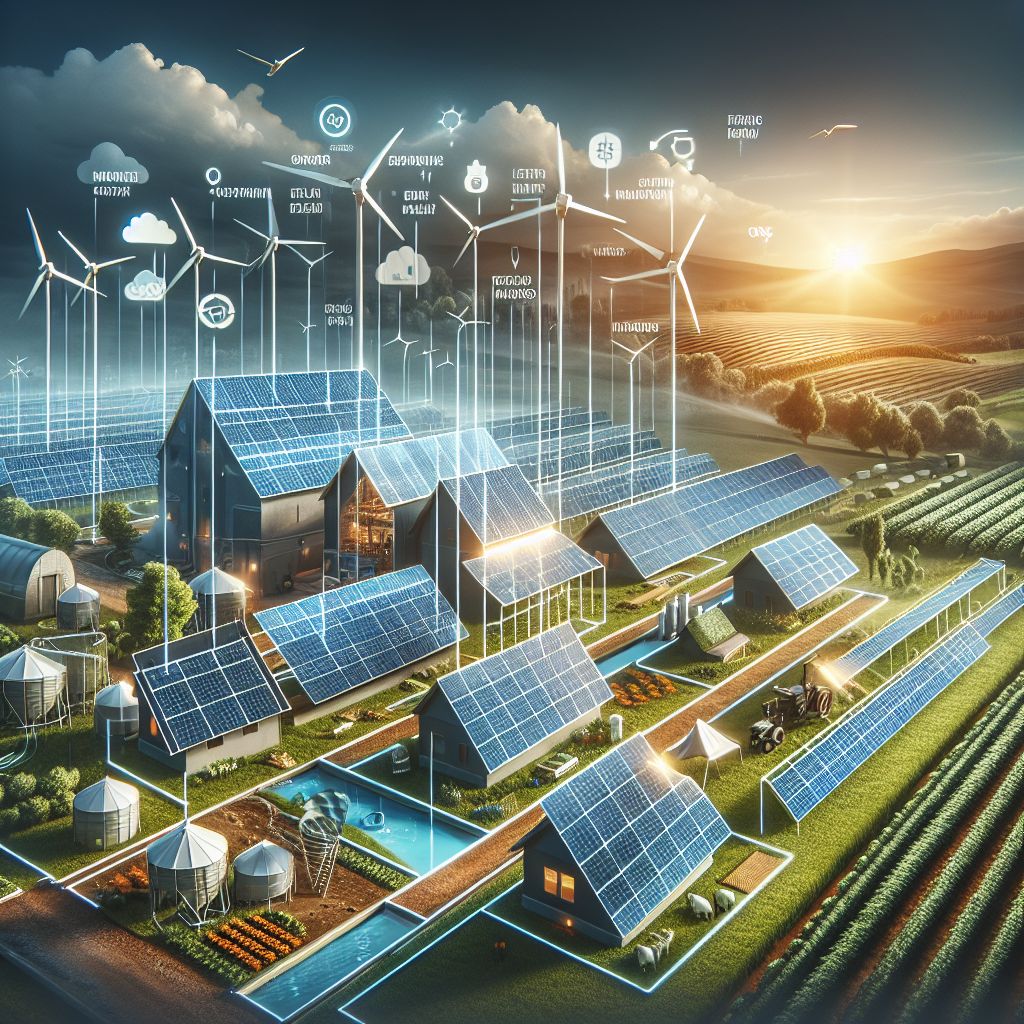
Deep Dive: The Pros and Cons of Thin-Film Solar
In recent years, there has been a growing interest in using renewable energy sources for agricultural activities. One of the most promising technologies is thin-film solar, which involves the use of thin, light-weight solar panels that can be easily integrated into various structures, including irrigation systems on farms. This innovative approach has the potential to revolutionize the way we power our farms, but like any technology, it has its own set of pros and cons.
When Flexibility Reigns: Advantages of Thin-Film
Thin-film solar panels have gained popularity in the agricultural sector due to their numerous advantages when used on farms. These panels, which are made of a thin layer of photovoltaic material, offer several benefits that make them a practical choice for farmers looking to harness solar energy.
This below is a table highlighting the pros of implementing thin-film solar panels connected to an irrigation system for a farm:
|
Pros |
Description |
|---|---|
|
Cost-Efficiency |
One of the biggest advantages of thin-film solar is its lower cost compared to traditional solar panels. Thin-film solar panels use less material and are easier to manufacture, resulting in a lower cost per watt of electricity produced. This makes it an attractive option for farmers who are looking to reduce their energy costs. |
|
Flexibility |
Thin-film solar panels are lightweight and can be easily integrated into various structures, making them highly versatile. They can be mounted on the roof of a barn, greenhouse, or even directly on the ground, providing farmers with more options for installation. This also means that they can be easily moved or repositioned if needed. |
|
Low Light Performance |
Thin-film solar panels are known for their efficiency in low-light conditions, such as cloudy or overcast days. This is especially beneficial for farmers who may experience varying weather conditions throughout the year. It ensures a more consistent and reliable power supply for their irrigation systems. |
|
Temperature Stability |
Another advantage of thin-film solar panels is their lower temperature coefficient. This means that they are less affected by high temperatures, which can cause a decrease in the efficiency of traditional solar panels. This makes them a better option for use in hot and sunny climates. |
|
Reduced Environmental Impact |
Thin-film solar panels have a lower environmental impact compared to traditional solar panels. They require less energy and resources to manufacture and do not use toxic materials, making them a more sustainable choice for farmers who are looking to reduce their carbon footprint. |
Weak Points: Where Thin-Film Falls Short
While thin-film solar panels may have some benefits for farms, such as being lightweight and flexible, they also have several significant drawbacks. These include lower efficiency, faster degradation, sensitivity to weather conditions, the need for a larger surface area, and the lack of standardization in manufacturing. Farms looking to invest in solar energy must carefully consider these week points before deciding on the best type of panels for their operations.
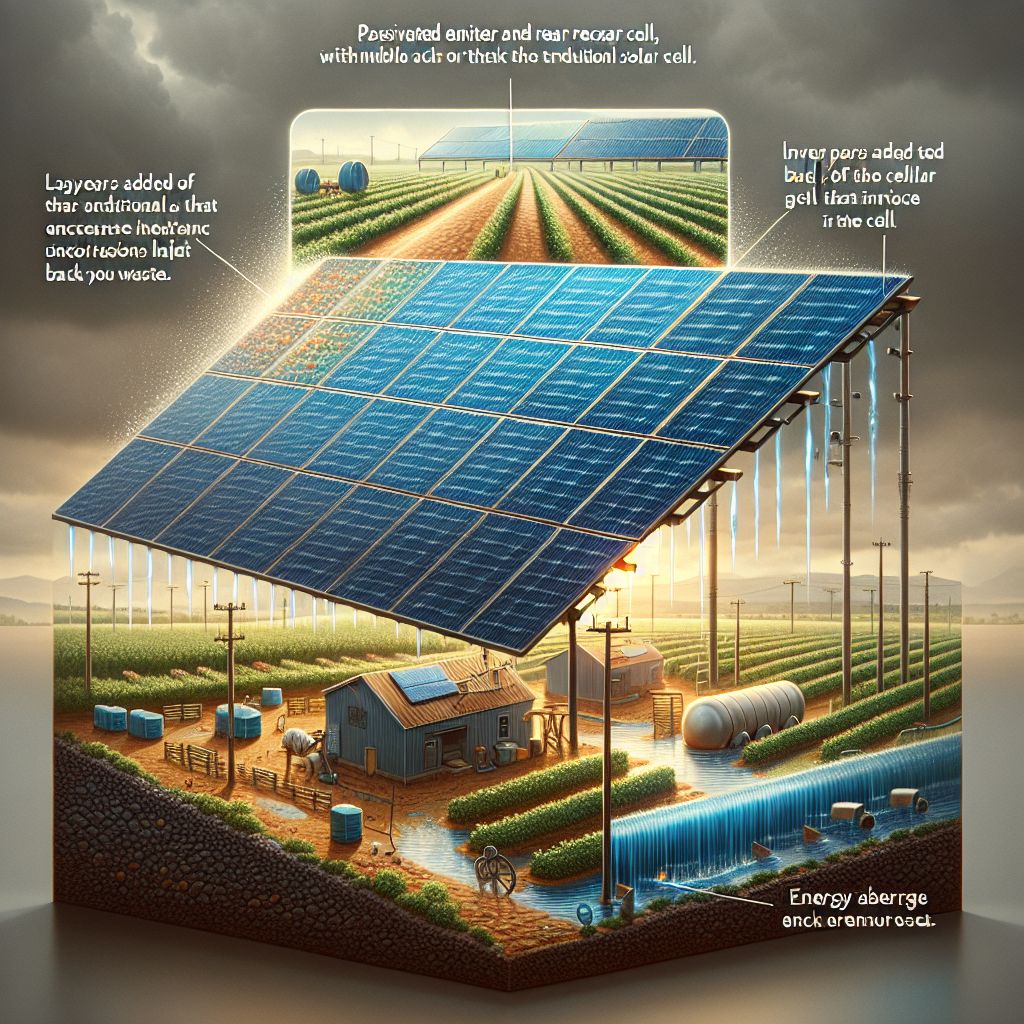
Zooming In on PERC Solar Panels
Let’s zoom in on PERC solar panels and understand why they’re often the preferred choice for farmers looking to power their irrigation systems with solar energy.
PERC Explained: The Technology Behind the Name
PERC stands for Passivated Emitter and Rear Cell, which refers to a layer added to the back of traditional solar cells. This layer reflects light back into the cell, allowing for more energy absorption and less wastage. Essentially, it’s like giving each solar cell a second chance to catch sunlight, leading to a significant boost in efficiency.
The Leader of the Pack? PERC’s Strong Suits
PERC solar panels are often seen as the front-runner in the solar panel race, and for good reason. Their high efficiency means that you can get more energy from a smaller area, a crucial benefit for farms with limited land. They also perform better in low-light conditions, such as on overcast days, ensuring a more consistent power supply for your irrigation system.
Additionally, PERC panels are less affected by heat than other types of solar panels. This is a significant advantage, especially during hot summers when you need your irrigation system to be running at full tilt. Moreover, PERC panels have a longer lifespan, which means you’ll be replacing them less often, adding to long-term savings.
-
Higher efficiency means more energy from less space.
-
Better performance in low-light and high-heat conditions keeps your farm running smoothly.
-
A longer lifespan translates to fewer replacements and more savings over time.
With all these benefits, it’s clear why many farmers are choosing PERC panels for their irrigation needs. They provide the reliability and performance that’s essential for modern, sustainable agriculture.
Considering the Compromises: PERC’s Limitations
While PERC panels have many advantages, they’re not without their drawbacks. The most notable is the higher initial cost compared to other types of solar panels. This can be a significant barrier for smaller farms or those just starting to invest in solar power.
There’s also the matter of potential light-induced degradation (LID). PERC panels can be more susceptible to LID, which can lead to a slight drop in performance over time. However, with advancements in technology, manufacturers are finding ways to mitigate this effect, ensuring that PERC panels remain a robust long-term investment.

Cost Analysis: Upfront, Maintenance, and Longevity
When it comes to solar panels for irrigation, the cost is a critical factor. Let’s break down what you can expect in terms of upfront investment, ongoing maintenance, and overall longevity for thin-film versus PERC solar panels.
Breaking Down the Budget: Initial Investments
The initial cost of solar panels is often the first consideration for farmers. Thin-film panels might seem attractive with their lower price tag, but remember, you’ll likely need more of them to match the power output of PERC panels. PERC panels, while more expensive upfront, require fewer modules and can reduce overall installation costs.
For example, if you’re powering a 10-acre farm, you might spend approximately $10,000 on thin-film panels versus $15,000 on PERC panels. However, the PERC panels will take up less space and can generate more power, potentially providing better value in the long run.
In for the Long Haul: Maintenance and Durability Compared
Maintenance and durability are where PERC panels shine. Their robust construction means they’re less likely to suffer damage from environmental factors, and they generally require less maintenance than thin-film panels. Over time, this means fewer repairs and replacements, saving you money and hassle.
Thin-film panels may need to be cleaned more often to maintain their efficiency, and they may also require more frequent replacement due to their shorter lifespan. In contrast, PERC panels are designed to last 25 years or more, providing a dependable power source for a generation or more of farming.
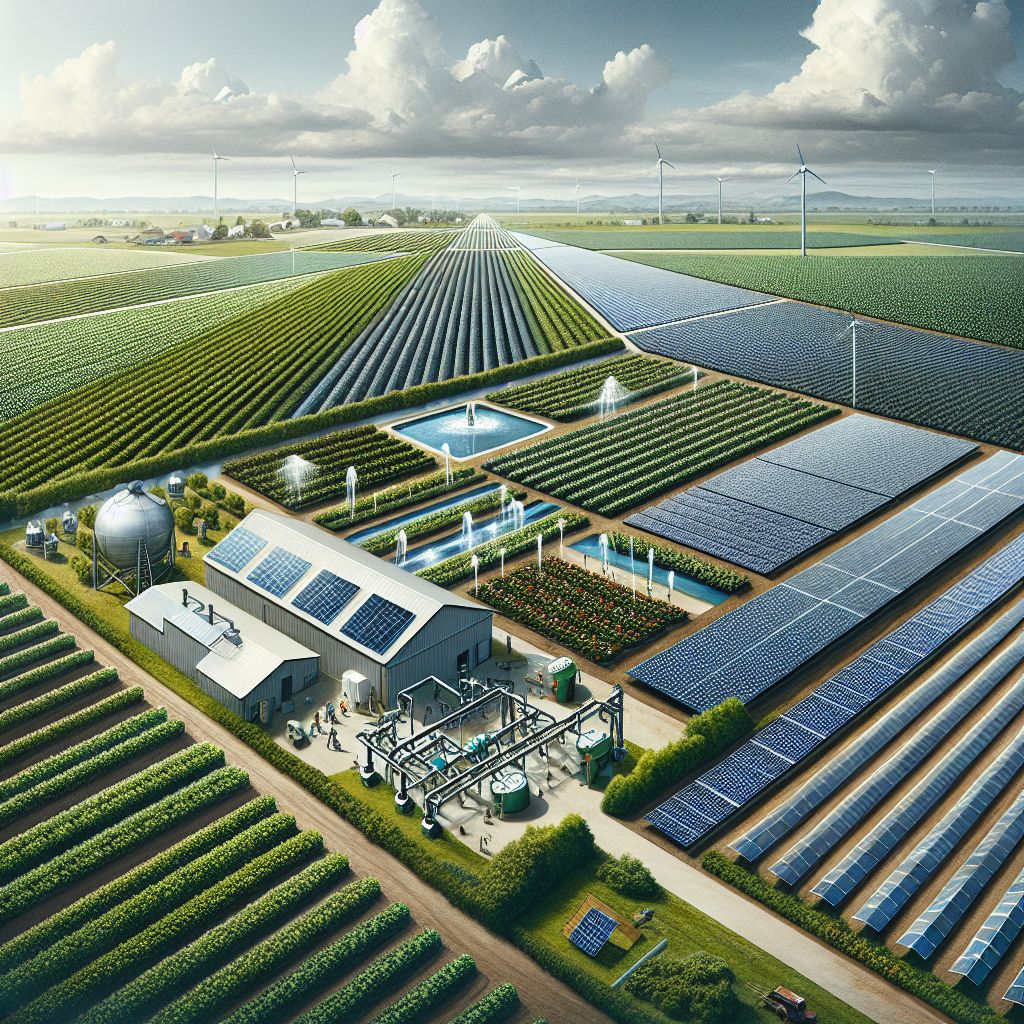
Efficiency Epiphany: Getting the Most from the Sun
Efficiency is where solar panels prove their worth, and it’s essential to understand how different types can impact your farm’s operations.
Energy Output Analysis: How Panels Perform Under Pressure
Under the blazing sun or on a cloudy day, the energy output of your solar panels determines how well your irrigation system functions. PERC panels, with their higher efficiency, ensure that even during less-than-ideal weather conditions, your crops receive the water they need.
For instance, a PERC panel’s ability to perform under pressure means that during a week of overcast weather, your irrigation system won’t skip a beat. Thin-film panels might struggle to keep up, leading to potential water stress for your crops.
Space Savers: Maximizing Output in Minimal Areas
Not every farm has the luxury of unlimited space for solar installations. That’s where the compact power of PERC panels can be a game-changer. They allow you to maximize energy production even in smaller areas, leaving more land available for cultivation.
For a visual, imagine a rooftop solar setup. With thin-film panels, you might cover the entire surface and still need additional space. With PERC panels, you could generate the same amount of power from just half the roof, keeping the rest of your farm open for other uses.
Eco-Friendly and Wallet-Wise: The Sustainable Solution
Switching to solar for your irrigation needs isn’t just good for the planet; it’s smart economics. Let’s explore the financial benefits and incentives available to you.
Return on Investment: Calculating the Payback Time
Calculating the payback time is straightforward: divide the total cost of installation by the annual savings on your energy bill. For thin-film panels, it might take longer to recoup your investment due to their lower efficiency. PERC panels, with their higher output, can shorten that payback time significantly.
For example, if a PERC panel installation saves you $2,000 a year in energy costs, and the system cost $15,000, your payback time would be just 7.5 years. That’s a smart investment by any standard.
Government Grants and Green Incentives
One of the best parts about investing in solar energy for your farm is the range of government grants and green incentives available. These can take the form of tax breaks, rebates, or even direct grants that reduce the initial cost of your solar panel installation.
It’s worth doing your homework here, as these incentives can significantly lower your upfront costs and accelerate the payback period. In some cases, you might find that with these incentives, PERC panels become just as affordable as thin-film panels, with all the added benefits of higher efficiency and longer lifespan.
Now that we’ve explored the various aspects of thin-film and PERC solar panels, it’s time to bring it all together and make an informed decision for your farm’s irrigation needs.

The Verdict: Which Panel Prevails for Farm Irrigation?
After considering all the factors, it’s clear that PERC solar panels generally offer a more robust solution for farm irrigation systems. Their higher efficiency, better performance in diverse weather conditions, and longer lifespan make them a sound investment for most farming operations. However, if upfront costs are a significant barrier or if your farm has ample space for a larger solar array, thin-film panels might be the way to go.
Ultimately, the decision should be based on a careful analysis of your farm’s specific circumstances, including your energy needs, geographic location, and financial resources.
Decoding the Decision: Factors for Your Farm
When choosing between thin-film and PERC solar panels, consider the following:
-
Land availability: If space is not an issue, thin-film panels could be a cost-effective choice. For limited space, go with PERC.
-
Climate: Farms in areas with less sunlight or more cloudy days will benefit more from the higher efficiency of PERC panels.
-
Budget: Evaluate your finances to see if the higher initial investment for PERC panels aligns with your budget and long-term goals.
-
Incentives: Research local incentives that could offset the cost difference between the two types of panels.
Installation Insights: Tips for Transitioning to Solar
Transitioning to solar power for your irrigation system can be a smooth process with the right preparation:
-
Conduct an energy audit to determine your farm’s electricity needs.
-
Consult with a solar energy expert to get personalized advice for your situation.
-
Choose a reputable solar panel installer with experience in agricultural systems.
-
Plan for the future – consider potential expansion and choose a system that can grow with your farm.
FAQs
How do solar panels impact water usage for farm irrigation?
Solar panels can significantly reduce the energy costs associated with pumping water for irrigation. By using renewable energy, you can run your irrigation system more frequently and efficiently, leading to better water management and potentially reduced water usage overall.
Is it possible to run a large-scale irrigation system solely on solar power?
Yes, it’s entirely feasible to run a large-scale irrigation system on solar power, especially with the efficiency and output offered by PERC solar panels. The key is to ensure that your solar array is sized correctly to meet the energy demands of your irrigation system.
What maintenance do solar panels need, and how often?
Solar panels require minimal maintenance, usually just regular cleaning to remove dust and debris that can block sunlight. PERC panels, in particular, are known for their durability and may require even less maintenance than other types.
How does weather affect thin-film and PERC solar panel efficiency?
Weather can have a significant impact on solar panel efficiency. Thin-film panels tend to perform better in diffuse light conditions but may struggle in high heat. PERC panels, however, maintain higher efficiency in both low-light and high-temperature conditions, making them more reliable throughout the year.
Can you upgrade from thin-film to PERC solar panels, and is it worth it?
Upgrading from thin-film to PERC solar panels is possible and might be worth considering if you’re looking to increase the energy output of your system. The higher efficiency of PERC panels means you could potentially generate more power in the same space, improving your farm’s sustainability and reducing energy costs.
When considering the installation of solar panels for farm irrigation systems, it’s important to weigh the efficiency and cost of different types of solar technologies. Thin-film panels are known for their flexibility and lower costs, while PERC solar panels are praised for their efficiency and performance in low-light conditions. Farmers must consider the specific needs of their irrigation systems, including the scale of their operations and the local climate, to make the best choice for their renewable energy investment.






